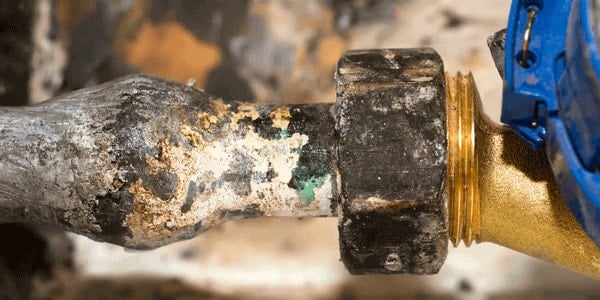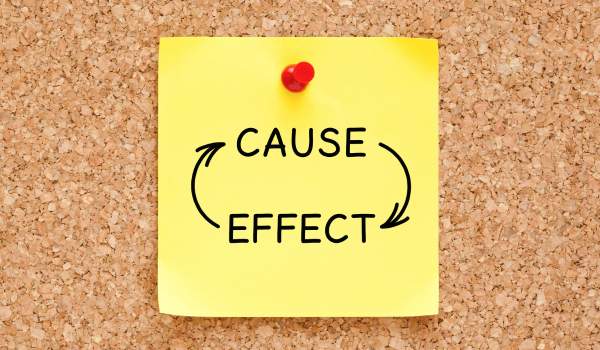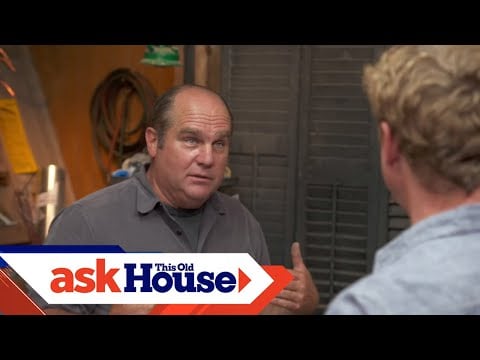If you’re wondering whether you can spot lead in drinking water just by looking, the short answer is: you can’t.
Lead is invisible, odorless, and tasteless — which means your tap water could seem perfectly fine while quietly putting your health at risk.
The good news?
These days, testing your water is quick, affordable, and surprisingly simple. And if lead shows up? You’ve got plenty of proven ways to fix it — let’s keep your family safe for good.
Let’s break down what you need to know — one step at a time. 🧠
🧠 Quick Takeaways:
- ✅ Lead Is Completely Invisible — You won’t see, smell, or taste it.
- ✅ Old Plumbing = Big Risk — Especially homes built before 1986.
- ✅ Kids and Pregnant Women Are Most at Risk — Even tiny exposures matter.
- ✅ Testing Is the Only Way to Know — Lab kits are fast, easy, and accurate.
- ✅ You Can Filter It Out — Certified systems like this one make it simple.
🚰 How Lead Gets Into Tap Water

Lead is a heavy metal found naturally in the earth, but the real problem comes from how much we used it in old plumbing, paints, and infrastructure. Even today, millions of homes still have hidden sources of lead that can quietly leach into tap water without any obvious warning signs.
Here’s where lead usually sneaks in:
- 🏚️ Old Lead Service Lines: Lead pipes running from the street to your house can corrode over time, especially if water treatment doesn’t properly control pH and corrosion.
- 🔩 Lead Solder in Plumbing: Before 1986, it was common to join copper pipes with lead-based solder — creating hidden risks inside walls.
- 🚰 Brass Fixtures and Faucets: Even “lead-free” fixtures made before 2014 could legally contain up to 8% lead.
- 💧 Water Chemistry Issues: If the water is too acidic or improperly treated, it can break down pipe coatings and leach metals into the water supply.
- 🏡 Private Wells: Older well systems can have brass components or seals that introduce lead into household water over time.
💬 Good to Know: Even if your city’s water source is clean, lead can still enter through your home’s own plumbing. Testing water straight from your faucet is the only way to know for sure.
👀 Clues Lead Might Be in Your Water
Lead is sneaky — you can’t see, taste, or smell it.
But here are a few clues that something might be wrong:
- ✅ Metallic Taste — A bitter, metallic flavor can hint at pipe corrosion.
- ✅ Discoloration After Sitting — Water that looks rusty, yellow, or cloudy after overnight standing can signal pipe decay (and potential lead issues).
- ✅ Pipe Corrosion Around Fixtures — Green-blue stains or leaks around faucets often mean corrosion is happening inside your pipes.
- ✅ Sediment or Flakes — Tiny gritty particles coming out of the tap may suggest pipes are breaking down.
- ✅ Unexplained Health Symptoms — Fatigue, headaches, stomach issues, or developmental delays (especially in kids) could point to low-level lead exposure.
💬 Good to Know: You won’t always spot lead with your senses — that’s why testing your water is the only way to know for sure.
🧪 Is Any Lead in Water Safe?

When it comes to lead, experts agree — no amount is truly safe.
The EPA’s official “action level” is 15 parts per billion (ppb), but groups like the American Academy of Pediatrics recommend keeping levels under 1 ppb, especially for homes with young kids or pregnant women.
Here’s the real issue:
Government standards often balance health science against what’s practical (and affordable) for public utilities. But for your family’s health, lower is always better.
💬 Good to Know: Even if your water supply meets legal standards — installing a certified lead-removal filter adds extra protection — and peace of mind.
🔎 How To Test Your Water for Lead

If you want real peace of mind, testing your actual tap water—not just relying on city reports—is the only way to know for sure.
Here’s how to do it right:
- 🧪 Order a Certified Water Test Kit — Home kits are fast and affordable, but lab-certified kits give the clearest picture. (Learn more about trusted water testing options here.)
- 🚰 Sample Cold Water Only — Hot water can release more lead from pipes, giving a false reading.
- ⏳ Collect First Thing in the Morning — Water that’s been sitting overnight will show the highest potential for lead contamination.
- 📦 Send It to a Certified Lab — Testing with accredited labs ensures accurate, actionable results you can trust.
🧠 Pro Tip: If you’re testing multiple taps (like kitchen and bathroom faucets), label each sample carefully so you know where any problems are coming from.
💬 Good to Know: City water reports only tell part of the story. Since most lead contamination happens after water leaves the treatment plant, testing the tap water inside your home is key to protecting your health.
💬 How To Read Your Test Results

Once your water test comes back, it’s normal to feel a little overwhelmed. Don’t stress. Here’s a simple breakdown of what the numbers mean—and when it’s time to act.
| Result Range | What It Means | Next Steps |
|---|---|---|
| 0 ppb | Safe 🛡️ | No action needed, but yearly retesting is smart. |
| 1–5 ppb | Low Risk 🧠 | Monitor yearly; consider a simple faucet filter for extra peace of mind. |
| 6–14 ppb | Moderate Concern ⚠️ | Install a certified lead removal filter and retest after installation. |
| 15+ ppb | High Risk 🚨 | Immediate action recommended—use bottled water and install a strong filtration system. |
💬 Good to Know: Even small traces of lead can be harmful, especially for kids and pregnant women. Health experts (and the EPA’s guidance on lead in drinking water) agree — no level of lead is truly “safe.” If your results show anything above 1 ppb, taking action is always a smart move.
👉 Learn more from the EPA here.
💧 Quick Steps To Lower Exposure

Small lifestyle tweaks can slash your exposure dramatically, even before you invest in bigger filtration systems.
| Step | How It Helps |
|---|---|
| 🚿 Flush Taps Daily | Running water for 1–2 minutes clears lead that leaches while sitting overnight. |
| ❄️ Use Cold Water Only | Hot water dissolves lead faster; always cook and drink with cold water. |
| 🧼 Clean Faucet Aerators | Lead particles can collect in screen filters—cleaning prevents buildup. |
| 🍼 Use Bottled Water for Babies | Infants are especially vulnerable; purified bottled water is safer for formula. |
💬 Good to Know: While these steps help lower contamination risk, they don’t remove it completely. If your levels are elevated, installing a certified filter is the safest long-term fix.
🛡️ Water Filters for Lead Protection

When it comes to heavy metals, not just any filter will cut it. You need a system that’s specifically built—and certified—to kick lead out of your water for good.
| Filter Type | Best For | Strengths |
|---|---|---|
| 💧 Reverse Osmosis (RO) | Under-sink drinking water | Removes 99%+ of lead and other contaminants |
| 🛀 Solid Carbon Block Filters | Faucet-mounted, pitchers, or countertop | Affordable, easy install, great for lead + chlorine |
| 🔥 Distillation Systems | Countertop small-batch systems | Removes nearly all contaminants including lead |
| 🛡️ KDF + Carbon Combo Filters | Whole-house water filtration | Protects every tap, reduces lead, chlorine, and bacteria |
💬 Good to Know: Not all filters are created equal. Always double-check for an NSF/ANSI 53 or 58 certification for lead removal—that’s your gold standard.
(If you want our full breakdown of top-rated options, check out our favorite lead filters here.)
🧼 Final Thoughts
Lead isn’t something you can spot — no smell, no color, no warning signs. But the risk it poses is very real, especially for kids, pregnant women, and anyone living in an older home.
The good news? You don’t have to sit and wonder.
- ✅ Testing your tap water puts you in control.
- ✅ Filtering your drinking water gives you peace of mind.
- ✅ Choosing the right system protects what matters most — your health and your family’s future.
Whether it’s a simple faucet filter or a full home upgrade, every step you take pushes lead exposure further into the past — exactly where it belongs. 🛡️💧
 125 people found this helpful. Was this guide helpful to you?
125 people found this helpful. Was this guide helpful to you? 


